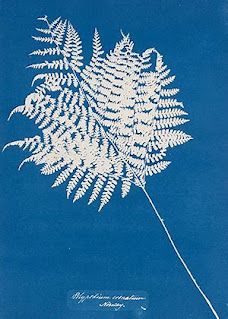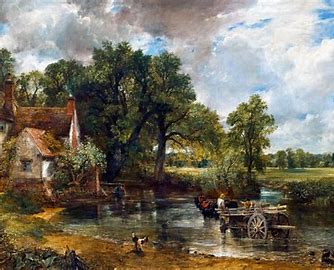Early Modern Blog

I want to apologize for any confusion my blog may have caused. In my effort to complete it over the Spring Break, I unfortunately overlooked the date of the art period given by the Professor. Therefore, two of my introduced Artists, Anna Atkins and Camille Pissarro, and their artworks don't meet the time frame requirements. In this week's Early Modern Blog, I would like to present the development of art following innovations in science and technology. The innovation in technology in this blog will be photography. The first successful photographic experiment was a Daguerreotype, created by Louis Jacques Mande Daguerre in 1837. In late 1839, daguerreotypes that engraved images in silver-coated copper plates became popular and were produced in many nations. In early 1840, the first photography studios started appearing in the UK. Photography offered the possibility of an instant portrait that was affordable to all societal classes. Photography created a new media that was also us...

